It’s here, guys – the OnePlus 7 Pro is official and we’ve spent a lot of time with one in recent weeks getting to know its every capability. As you now know from the announcement, this is OnePlus’ most ambitious phone yet, where they basically spared no expense. Of course, going all out has meant a big price increase, but I would argue that consumers are willing to pay as long as the product delivers.
With its first QHD display, no notch or hole punch, next-gen storage, super fast charging, a familiar design, and a triple camera setup, is this going to be a phone worth paying for, even if it takes us well out of the OnePlus price range we’re used to? I don’t want to spoil much, so let’s talk about that.
This is our OnePlus 7 Pro review!
The Good
Display
At 6.67-inches and with a quad HD resolution, the OnePlus 7 Pro’s display is OnePlus attempting to step up and say to Samsung and LG and Google that they can play this game too. After staring at this massive AMOLED panel for a while, I’m leaning towards giving OnePlus the thumbs up and telling them that they do indeed deserve a spot in this line-up. The display here is really good.
As far as specs go, you know the dimensions and resolution already, but where OnePlus turned things up is in the 90Hz refresh rate, getting it HDR10+ certified, tossing in curved edges like Samsung does, and leaving no notch or hole punch. What you have here is a massive display with every display spec and idea currently available included. OnePlus even tweaked their Night Mode to allow for ultra-low brightness when in dark situations.
The display also gets incredibly bright when compared to my Pixel 3 (and Galaxy S10e), text and icons look incredibly sharp, viewing angles are good, and the number of ways to customize the way the panel presents colors should give everyone an opportunity to find an eye-pleasing setup. There are Vivid, Natural, and Advanced screen calibration choices, with Advanced offering up NTSC, sRGB, and Display-P3 profiles, as well as a temperature slider.
What about the 90Hz refresh rate? Does it offer a viewing experience you’ll never be able to go back from? To be honest, I don’t know. I think I’ve noticed once or twice that the phone looks especially smooth while watching a video or scrolling, but otherwise, my eyes are either broken, I’m too used to it today, or the change from 60Hz to 90Hz isn’t huge. Sure, scrolling on a webpage or Twitter looks slightly less jumpy, I just haven’t been completely blown away.
Oh, I guess I should point out the completely clean display, right? Not having a notch or hole punch for front-facing cameras is a pretty crazy look the first time you turn on the OnePlus 7 Pro, especially since the display is as large as it is. You will 100% be tempted to show friends and family the pop-up camera and point out the lack of bezel and display imperfections. After a while, you do get used to the wild look, so I don’t have much else to say on it other than – bravo, OnePlus.
If you need complaints, one would be the auto brightness not adjusting as quickly as I’d like. I often ran into the brightness dimming to black in random times and just felt like I had to constantly adjust before the system would take over and find an optimal brightness.
Another has to do with the fact that OnePlus used a curved display here for the first time. That was a mistake, in my opinion, but you guys know that I don’t like curved displays. I’ve yet to be convinced that they offer any real benefits. Instead, they give awful glares where they curve, make for awkward edge swipes in apps, and can lead to unwanted touches. As much as I would love to tell you that OnePlus has found a way to minimize all of that, they haven’t. Glares were there from time to time, the curved display wasn’t always fun to use when I needed to access the side of an app, and I ran into far too many screen jumps and other movements that were the result of the curved edges registering my palms when they shouldn’t have been.
Now, I don’t want those last two complaints to take away from the quality of this display, because it is really good. The curved stuff is a personal taste thing for me that I’m sure many of you will disagree with.
Specs
We already talked about the display, which is about as good as it gets, but the rest of the specs are where you’d want them in a 2019 flagship. You get Qualcomm’s newest Snapdragon 855 processor, up to 12GB RAM with a base of 6GB, 128GB or 256GB UFS 3.0 storage that should be insanely fast, 4000mAh battery with super fast charging, a triple camera for any shooting situation, Bluetooth 5.0, stereo speakers, and an in-display fingerprint reader.
What’s the OnePlus 7 Pro missing? Not much, but it would have been nice to see an official IP rating to know if this phone can withstand much water. I know others will care that it doesn’t have wireless charging, headphone jack, and an SD slot too. If any of those items aren’t big on your list of must-haves, then yeah, there isn’t much to dislike on paper.
Full OnePlus 7 Pro specs can be found here.
Software
On the software side of things, OnePlus continues to do an excellent job. From the beginning, they have mostly taken Google’s clean Android and tried not to mess with it too much, while still adding their own suite of features on top. They still call it OxygenOS, but by no means is this the full skin you see on Samsung or LG phones.
In this newest version of OxygenOS on top of Android 9.0 Pie, you have a very simple launcher with Google-esque app drawer along with the “Shelf” off to the left side for accessing a toolbox of apps, widgets, a memo taker, etc. The styling around settings and notifications is familiar. You have a number of customizable gestures to easily take screenshots, open apps or perform actions from the lock screen, and control music. There are Night and Reading modes, a couple of theme options, a number of sound settings (including control over Dolby Atmos), a Gaming Mode, and access to Google’s Digital Wellbeing suite. You can even pick and choose which statusbar icons show up or between 3 types of navigation setups.
I’ve always been a big fan of OnePlus software because I think the additions they continue to include make a lot of sense. Want full gestures to move around your phone instead of Android’s three buttons? You’ve got that. Want a dark theme? You’ve got that. Want a handful of ways to quickly launch a camera or open your most used apps? That’s there too. You can adjust vibration intensity, decide what happens when you plug headphones in, and setup an encrypted app locker. Again, there is a lot of cool stuff here.
OnePlus has gotten better at software updates in recent years as well. They were once on the slow end of providing big Android builds, but now they tend to be one of the fastest to get their most recent phones whatever Google has released. They appear to be supporting old phones as good as anyone now too.
OnePlus still has room to improve, though. They continue to leave out an always-on display option, even as almost every other phone on the planet has had it for well over a year. I’m not sure the holdup, other than worries over it impacting battery life, but not having the option is a constant area of frustration for me. I don’t love their full navigation gestures either, so I find myself choosing the newish Android 2-button setup, except it has its own set of functional issues. I’ve also had plenty of issues from multiple OnePlus phones with my home mesh WiFi system as I move from mesh point to mesh point, and those issues are here with the 7 Pro.
For the most part, this is a software experience I think most will enjoy. OnePlus, like the Motorola of old, gets it.
Camera
Every year that OnePlus has released a phone, we tell you that the company has released a good one for the amount of money you’ll spend, does a bunch of things as good or better than more expensive flagships, and then fails in others. In the failure department, we almost always mention that the camera isn’t quite there yet, that each OnePlus phone has a decent shooter, but that it is not Pixel or Galaxy-level. This year, that changes.
The OnePlus 7 Pro camera is a triple shooter made up of a 48MP sensor at f/1.6 with OIS and EIS (the camera processes 48MP shots down to 12MP), an 8MP telephoto lens at f/2.4 with OIS, and an ultra-wide camera at f/2.2 with a 117-degree field of view. That telephoto lens has a 3x optical zoom, you can shoot in 4K at 60fps, and there are dedicated modes for features like portrait and night shooting. The OnePlus 7 Pro has it all in the camera department.
As for the software, OnePlus’ camera app is pretty easy to use. You have a typical layout with shutter button, swiping to get between modes, quick toggles to switch between lenses, and full manual controls if interested. It’s quick enough to load, focus, and snap your first shot in most situations.
Alright, what about results? OnePlus continues to avoid going the Google Pixel route, which is to ramp up contrast to unnatural levels and produce super poppy HDR-heavy end results. That means OnePlus is leaving us with what I would argue are more natural photos, they just may not be quite as appealing to the eye out of the box as those taken from a Google phone. While I tend to prefer Google’s not-realistic way, I’m also willing to accept OnePlus keeping it real. I like the photos I took with this phone even if the skies aren’t as wildly blue.
I most definitely like the 3-camera setup because of the versatility it provides. Going from standard to ultra-wide to telephoto to frame three different shots without having to move will never get old. And all three shooters can hold their own, which I’m not sure I’ve always believed from older phones.
48MP Standard
16MP Ultra Wide Angle
8MP Telephoto
Where I was pleasantly surprised blown away was in the night performance. I put the OnePlus 7 Pro up against the Pixel 3 to specifically test out each phone’s night mode and the OnePlus 7 Pro produced better images. The images were cooler in temperature, but more importantly, they were clearer, easier-to-see photos from a room that my eyes could barely adjust in. The OnePlus 7 Pro processed them faster too.
No Night Mode: OnePlus 7 Pro (left) vs. Pixel 3 (right)
Night Mode: OnePlus 7 Pro (left) vs. Pixel 3 (right)
And finally, here are a bunch of other untouched shots for you to browse through.
Price
In the lead-up to OnePlus announcing the OnePlus 7 Pro, we were nervous about the price. OnePlus came out early and said to expect pricing in the range of the Galaxy S10, which could have meant a price potentially hundreds of dollars higher than last year’s OnePlus 6T, a phone that was already their most expensive. At $669, this price doesn’t offend me at all. I’m going to hesitate to call it a “steal,” but isn’t it close to being one?
Run through that spec list again and find me another phone with all this that costs under $700. There isn’t one, is there? The Galaxy S10e is the closest, but it starts at $750, has a smaller display with hole punch, the same RAM and storage, one less camera, and an arguably worse software experience. If you max out the OnePlus 7 Pro to 12GB RAM and 256GB storage, the $749 price is basically laughing in everyone’s face at that point.
Look, the OnePlus 7 Pro is not cheap – I’m not saying that. What I’m saying is that the package being offered is still hundreds of dollars less than what competitors are charging.
Somewhere-in-the-Middle
Design and Size
This is the part of the review where I’m assuming a number of you will sound off in the comments by telling me to “get over it” and that I’m out of touch with current smartphone trends. Ready for it?
The OnePlus 7 Pro is too big.
In general, I think OnePlus did a fine job in designing the OnePlus 7 Pro to match current trends. It feels and looks very premium with its metal and glass body while showing its fun side through color options like the Nebula Blue you see here. This is a flagship phone designed like 2019 flagship phones are designed. The boxes are checked. The looks are there. The premium aspects customers have apparently been asking for are included.
Unfortunately, for those of us who don’t want to carry around a tablet at all times with curved displays that constantly register unwanted palm touches on edges, it might be a bit much. This phone, even with its minimal bezel, is taller than the Pixel 3 XL, a phone that is extra large. While the screen-to-body ratio is as good as it gets, that doesn’t mean a 6.67″ display is ever going to be easy to use unless you have both hands free.
It’s super heavy too because of the amount of glass and metal. Should you decide that you want to protect all of that glass, a case is only going to add to both the size and weight, which again, are a bit much.
I really wish OnePlus would have gone the Pixel 3 or Galaxy S10 route and given us a choice in size. If this phone wasn’t so damn big, it would be tough for me to put down.
Battery Life
I’m not going to consider the OnePlus 7 Pro any sort of battery champ right now. During my testing, battery life was great for a couple of days and probably below average on others. Some days I’d get ready for bed with 40% battery left and 3 hours of screen on time, while others I’d have much less, like 25%, with similar usage. One charge I stretched the phone out to 38 hours with light use before looking for a charger and another day I needed a charger at 5:30PM.
We have a 4000mAh battery here, which is quite large, you just have to remember that it’s powering a massive 6.7″ QHD display. It doesn’t surprise me at all that this phone might be a battery hog at times.
I can’t say that I’m worried that battery life is bad, because OnePlus phones in the past always seem to get much better over time. I’m talking a month in and the 1-day battery life bursts into 2-day life. That has happened in the past and could very well happen again here. Give OnePlus a couple of software updates to work with this new QHD resolution and I bet we’ll see better results.
If we don’t, well, you always have the Warp Charge 30 charger in the box to get you fully juiced up again in under an hour. I ran this phone almost down to nothing and got it to 100% in about 1 hour. That’s not bad!
Availability
The OnePlus 7 Pro is an exclusive to T-Mobile here in the US. You can still buy the device unlocked through OnePlus’ site and use it on other carriers, including Verizon, but the in-store experience US customers typically look for is only happening with T-Mo. Not a T-Mobile customer? You could always drop by a store, play with the phone, and then order it. Plus, if you order direct from OnePlus, you’ll likely have more choices over color and RAM/storage configurations.
Fingerprint Reader
The OnePlus 7 Pro has an in-display fingerprint reader made up of a 3-element plastic lens and a larger sensor compared to the sensor used in the OnePlus 6T. OnePlus tells us that they’ve found some sort of “breakthrough” here using “new algorithms” that up the speed and accuracy. I hate to be the bearer of bad news, but this fingerprint reader is too slow and I think it’s just as average as the one used in their previous phone.
It’s optical, as far as I can tell, so it lights up like crazy every time you try and scan your finger. When in dark situations, it typically struggles to unlock, but my issue is that it can be slow even when lighting is optimal. It can be fast at times too, just not on a consistent enough basis for me to be a fan. I have multiple fingerprints registered and none work well.
The slowness only gets worse when you remember that you need to semi-wake the phone in order for it to be ready to scan your finger. That requires a tap on the screen or a lift of the phone, which adds a step to getting in there.
Can this area be improved? I’d like to think so. Software updates could help tweak additional algorithms to try and speed things up and OnePlus will probably do that. My suggestion, until that happens, is for people to train the face unlock as it works incredibly well.
The Not-so-Good
Ummm, nothing?
In this section, I often try to point out the areas of a phone that are bad enough to be dealbreakers or that would make me hesitate from purchasing one for personal use. The thing is, I’ve already talked about the phone being too large, the curved display being annoying, and the not-super-great fingerprint reader, so I’m not going to dive into those things again. And to be fair, those areas may bug me, but I doubt they’ll turn most of you off.
Other Notes
- Pop-up selfie: I don’t really take selfies, so I don’t have much to report back in terms of how amazing this pop-up selfie camera may be. What I can tell you is that it looks super cool as it pops in and out of the device! It works nicely with face unlock to let you avoid using that atrocious fingerprint reader as well.
- In the box: OnePlus gives you a OnePlus 7 Pro, Warp Charge 30 charger, USB-C cable, applied screen protector, and a TPU clear case in the box.
- Accessories: OnePlus will always sell its own line-up of accessories through its own store that are top quality. They aren’t overpriced like Google’s own Pixel accessories, so keep that in mind if you are the type to accessorize a phone. Also, 3rd party accessory makers have picked up on OnePlus as a brand and so you are starting to see more and more options at places like Amazon. If you buy a OnePlus 7 Pro, I don’t think you’ll have any trouble getting goods to add to it.
Video
Unboxing
First 10 Things to Do
Gallery
The Verdict
I’m just going to be as straight as I can be here – the OnePlus 7 Pro is a fantastic phone. This may be OnePlus’ most expensive phone to date as it aims to truly compete with Samsung and Google and Apple, but it’s still hundreds less than the phones offered by those companies as it matches them spec-by-spec.
The display is giant and gorgeous, the software and performance are where we like to see them, and the camera is absolutely the best yet from OnePlus. You have choices over RAM and storage, connectivity on the major US carriers, and the look and build of a phone that could fetch upwards of a thousand dollars if someone else made.
Now, this isn’t the phone for me. As much as I like OnePlus phones, the size of this phone coupled with the curved display have killed it from being in consideration as my next. But this review isn’t really about me. I have weird tastes that so many of you disagree with. If you are cool with giant phones and curved screens, you should go for it.

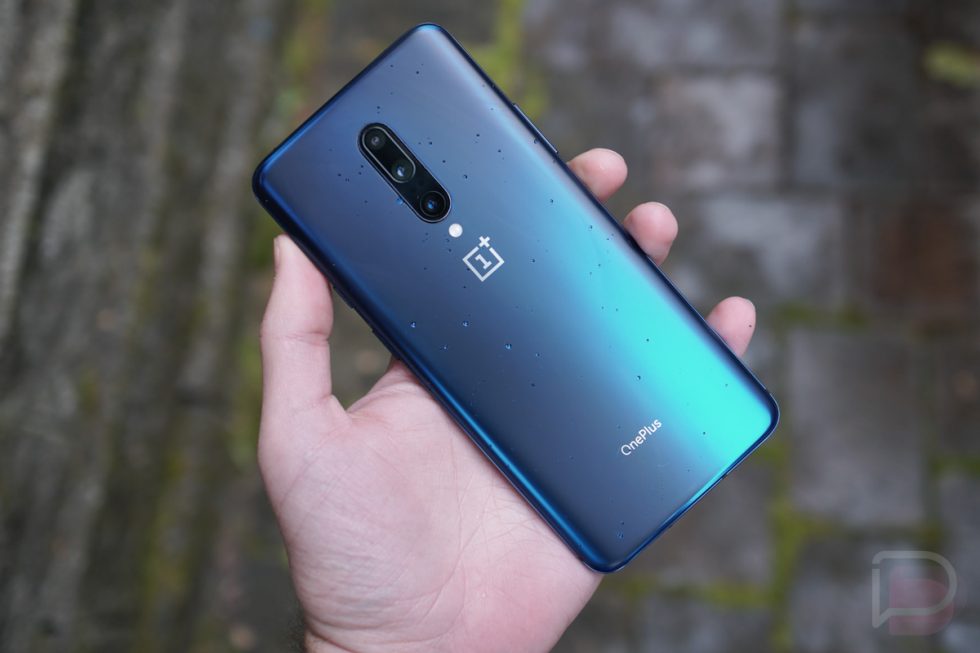
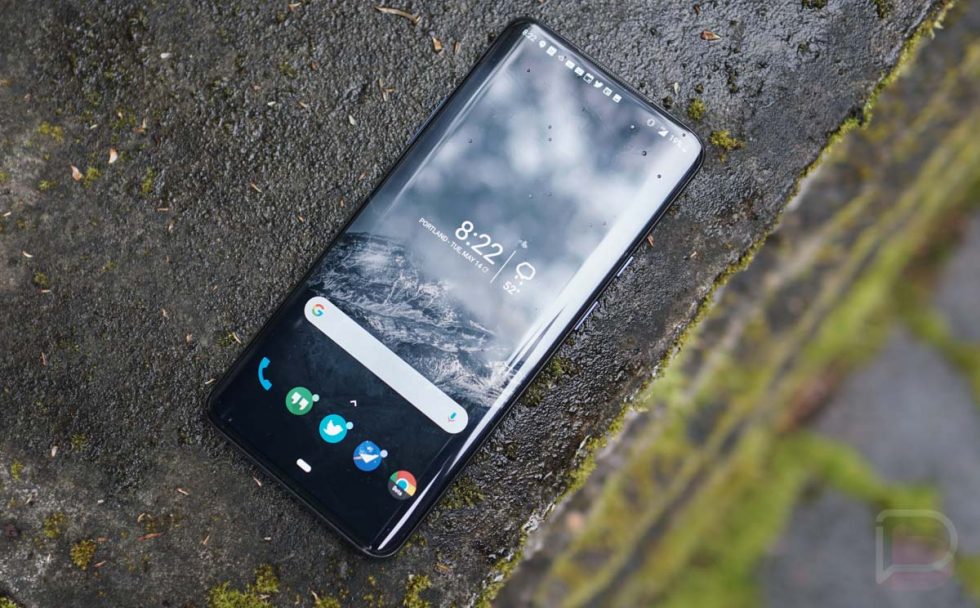
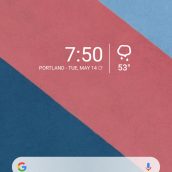
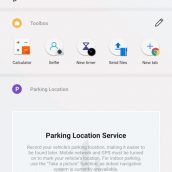
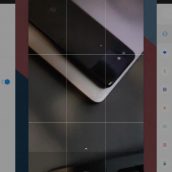
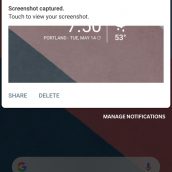
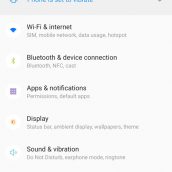

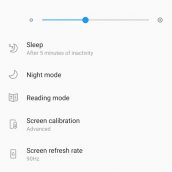
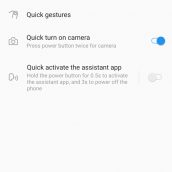
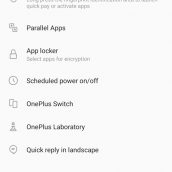
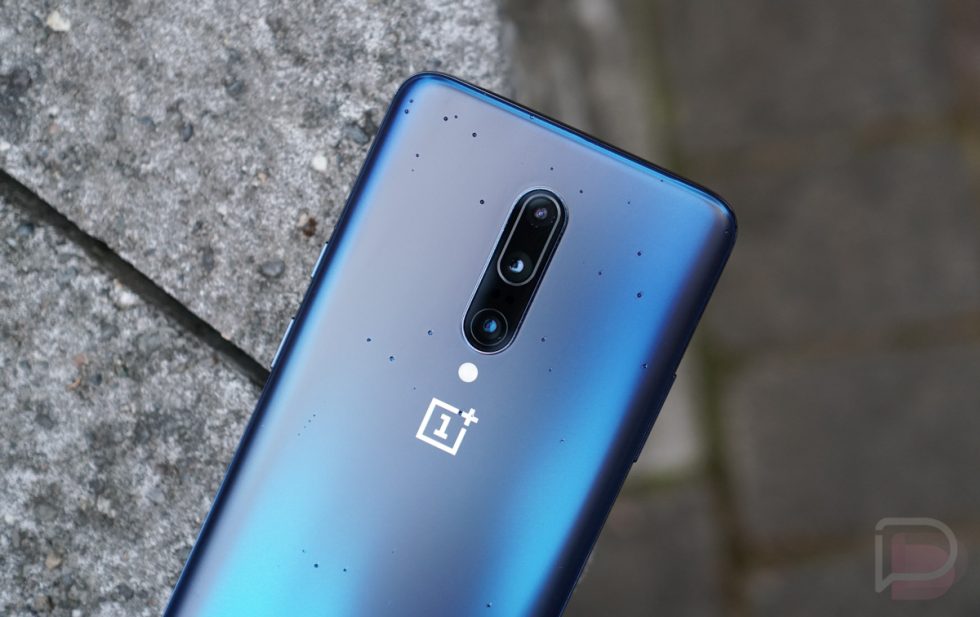
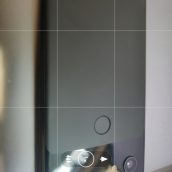
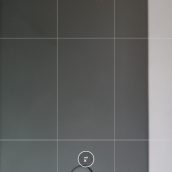
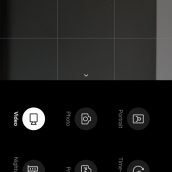
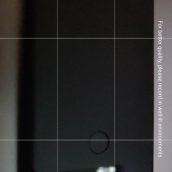
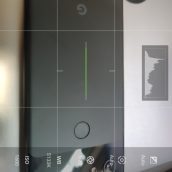
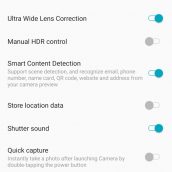
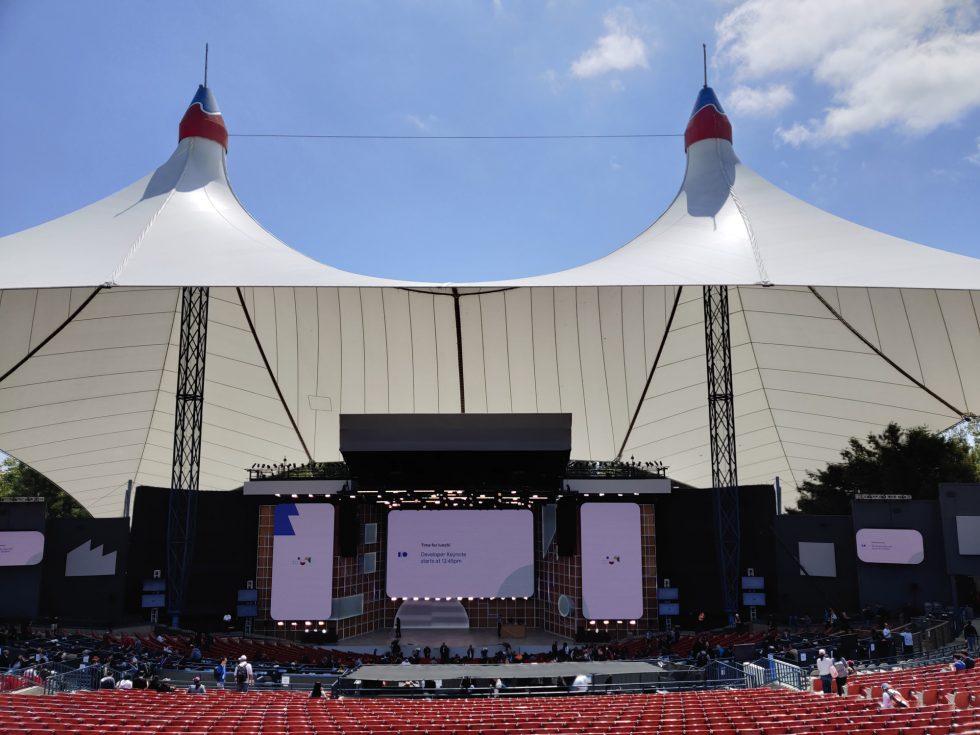

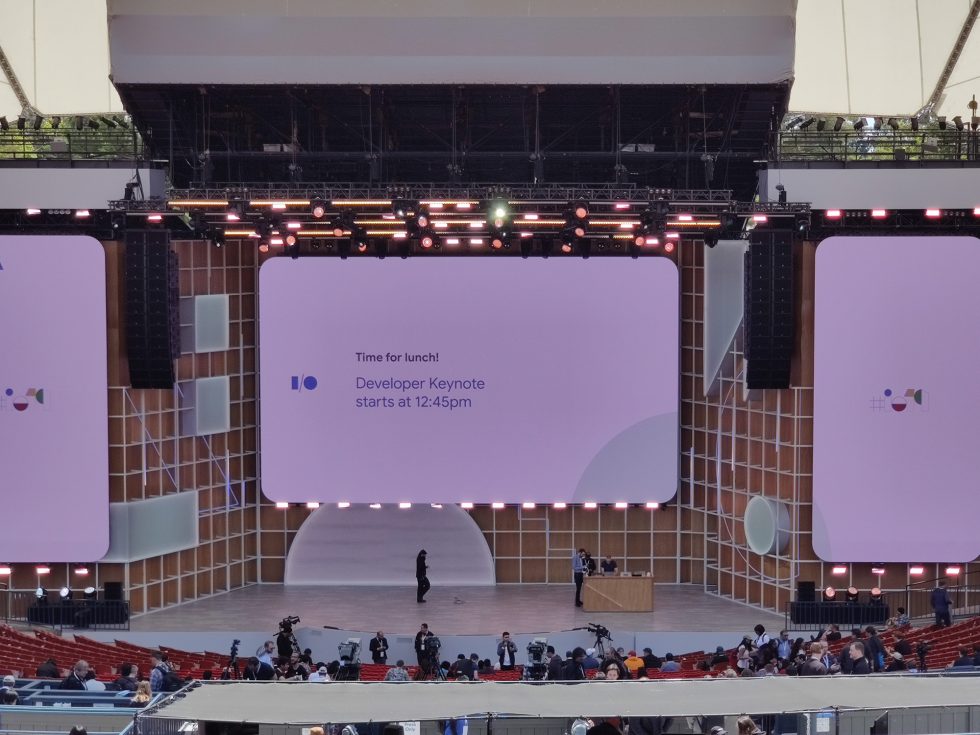


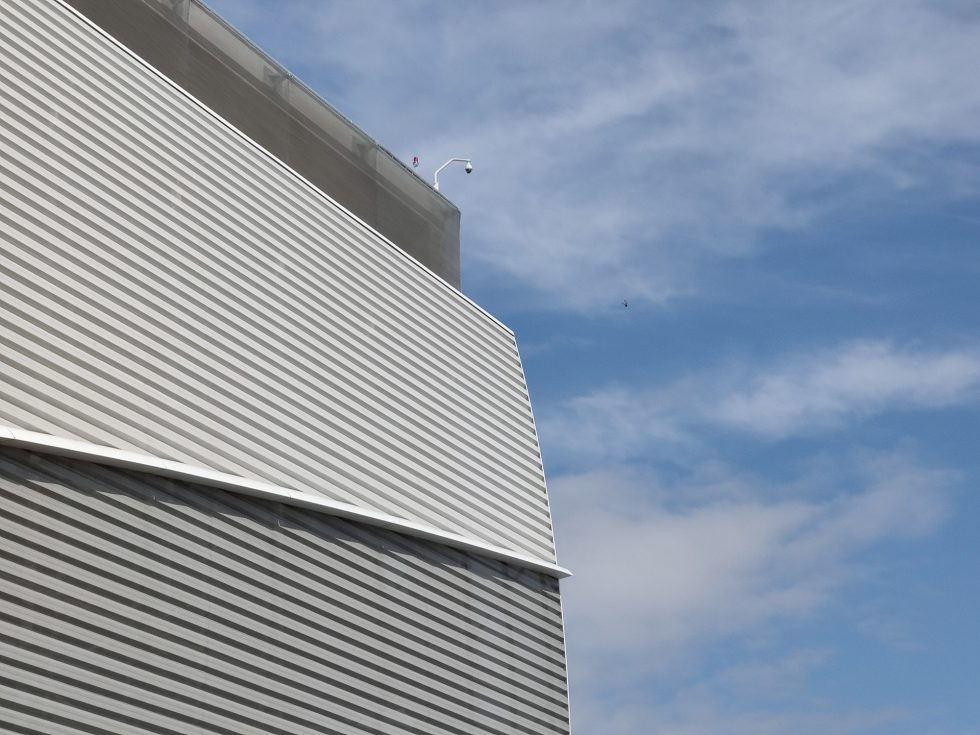













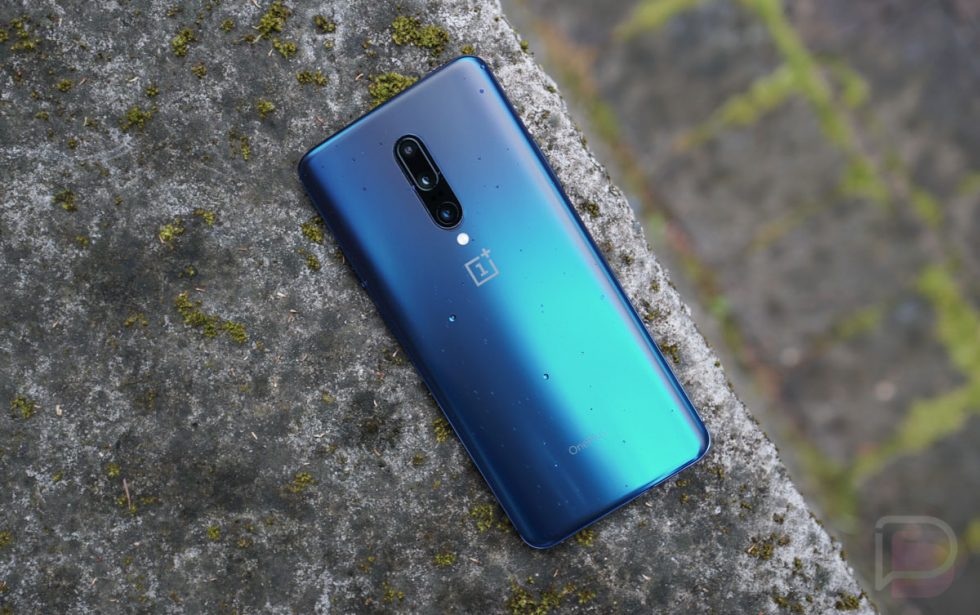
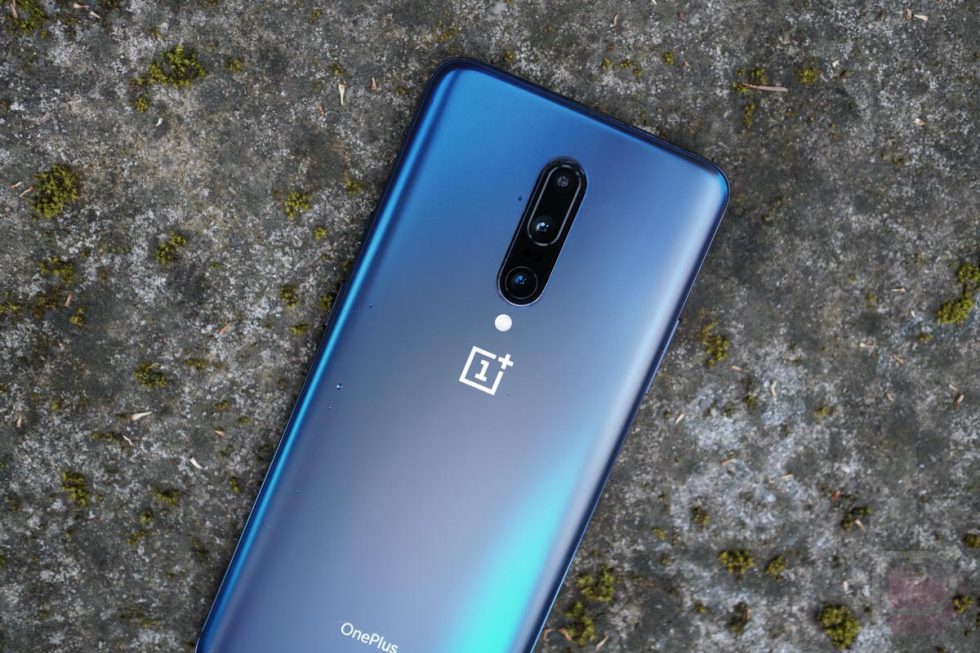
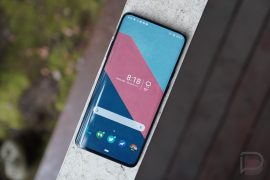
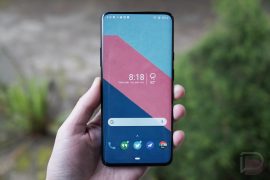
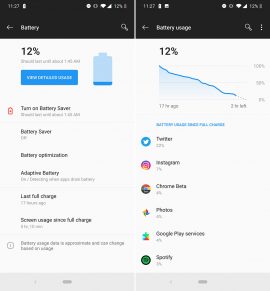

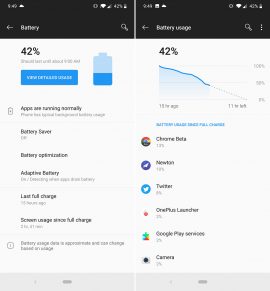
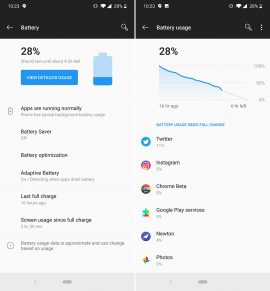
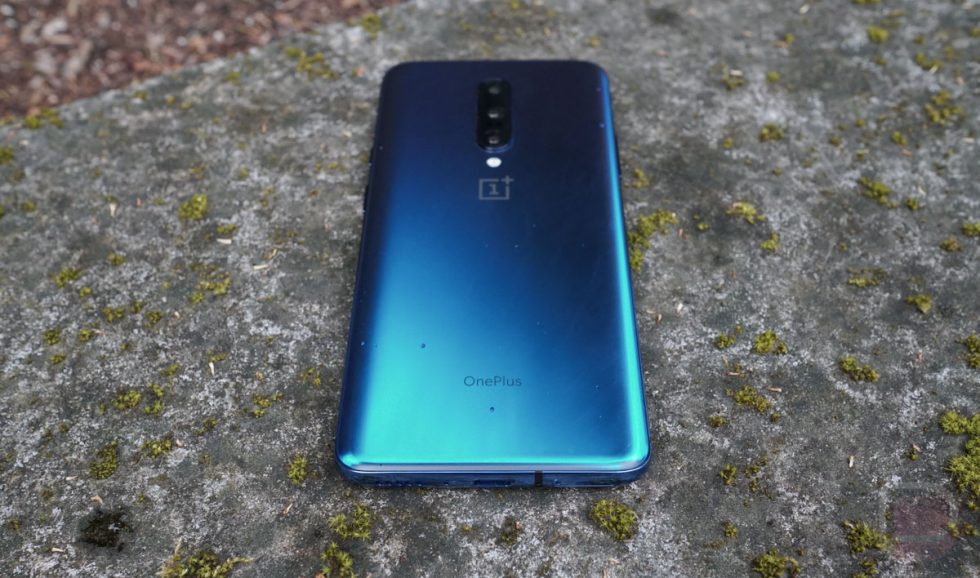
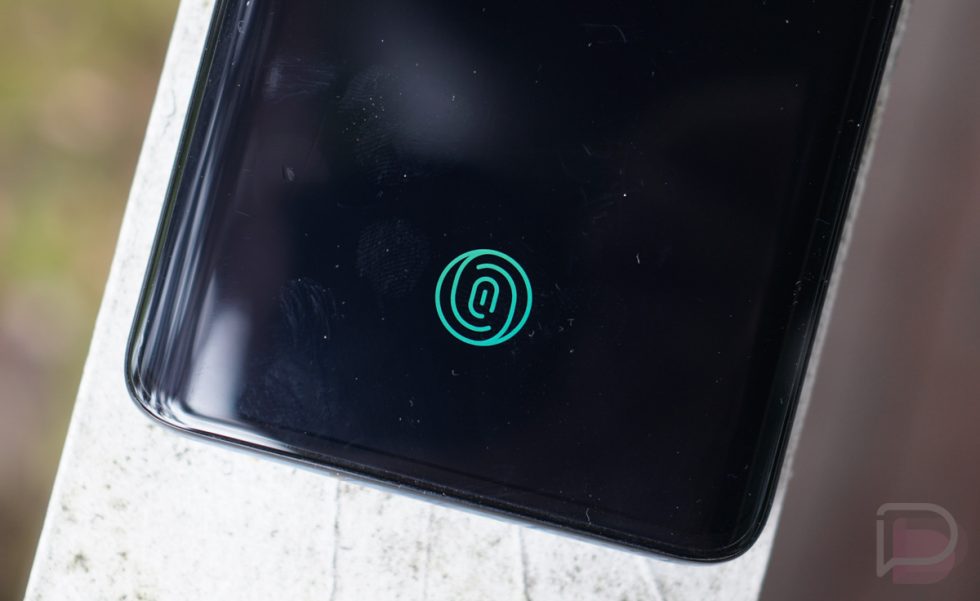
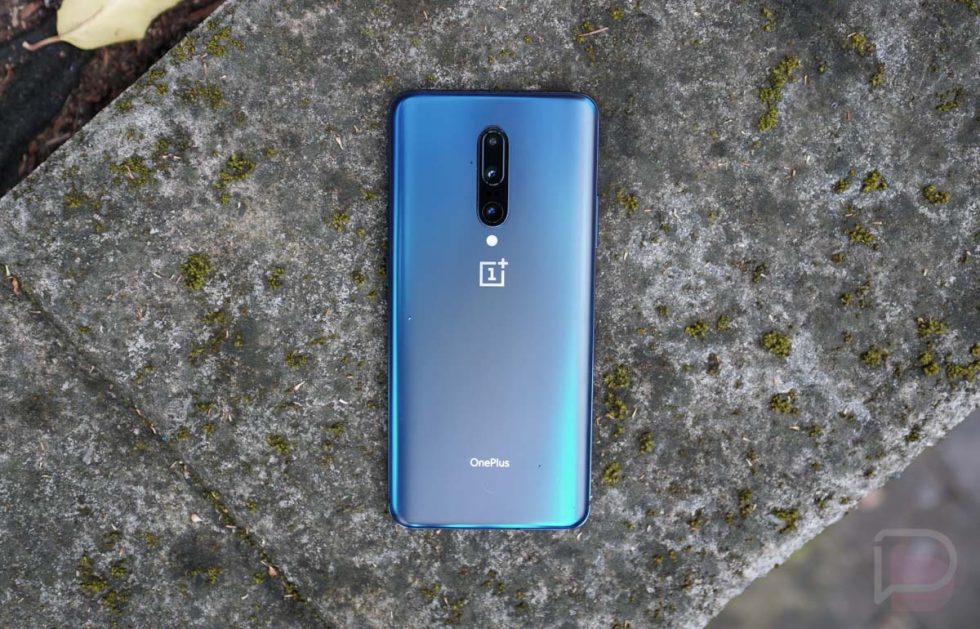
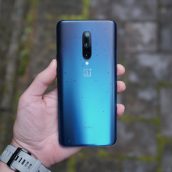
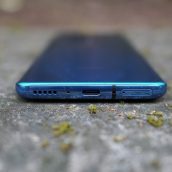
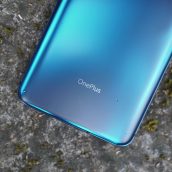
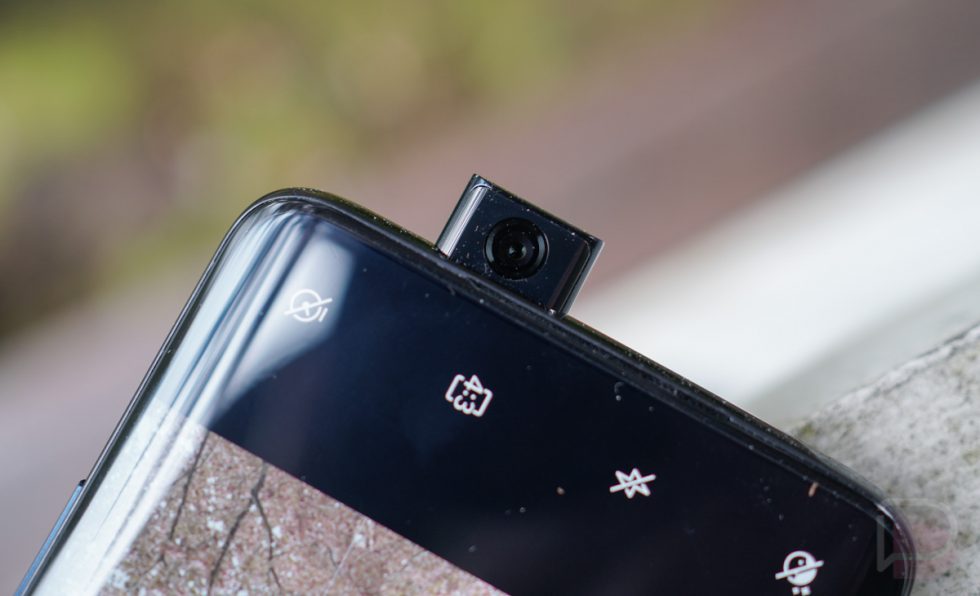
Collapse Show Comments